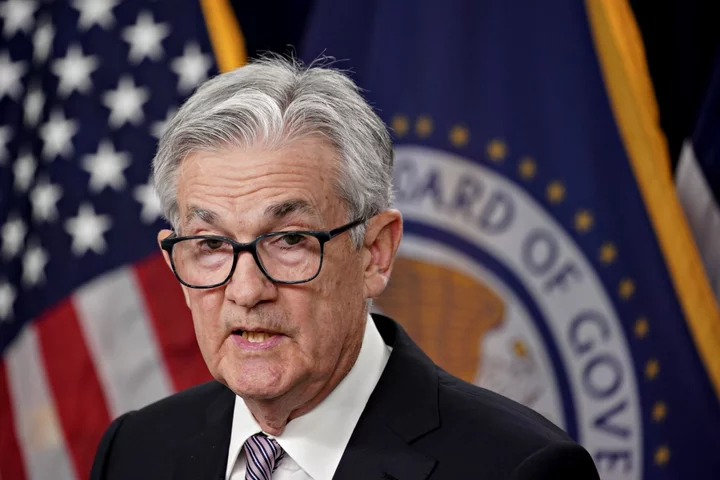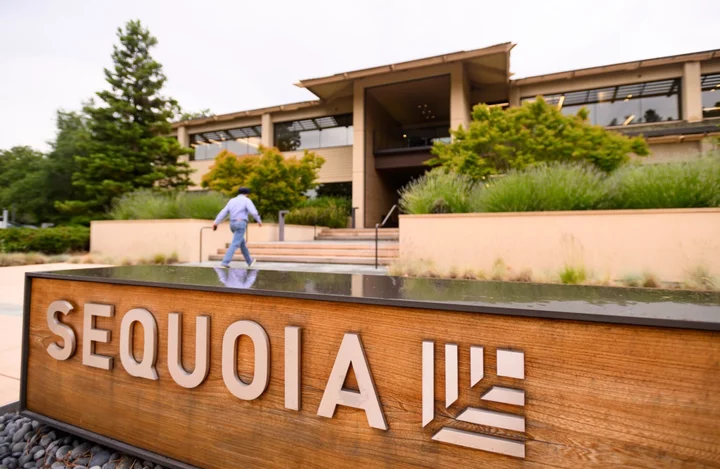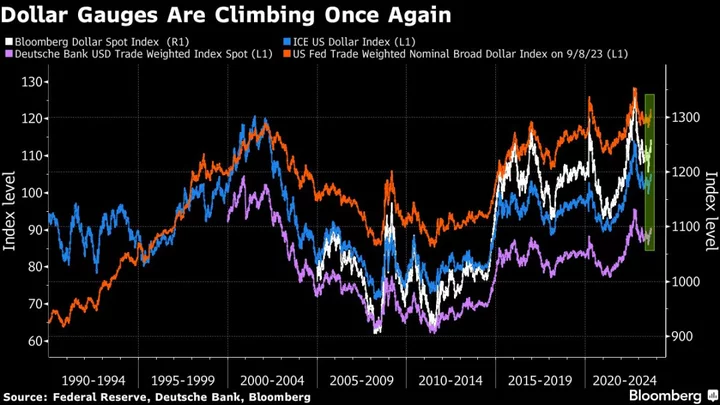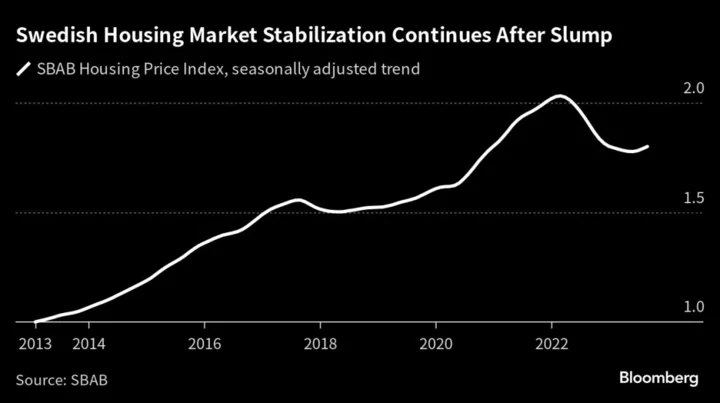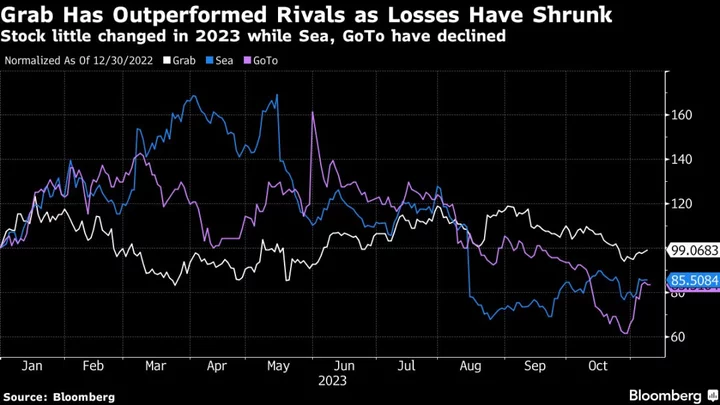Federal Reserve officials are leaning toward pausing interest-rate increases at their meeting in June amid heightened uncertainty over the outlook, but signaled they aren’t yet ready to call an end to their battle against stubborn inflation.
Policymakers at their May 2-3 meeting said they were uncertain about how much additional policy tightening might be needed, and weighed the slower-than-expected progress on inflation and resilient labor market against the likelihood of a credit crunch following recent banking turmoil, according to minutes from the meeting released in Washington on Wednesday.
The minutes add more detail about the cross-currents officials are navigating, building out the message that Chair Jerome Powell and others have communicated since the meeting: Policymakers can afford to take a breather in their rate-hiking cycle at the June 13-14 meeting to assess fresh data and the degree of credit restraint.
June Pause
“It sounds like the center wants to stay put in June,” said Derek Tang, an economist at LH Meyer/Monetary Policy Analytics in Washington. “That would let them get a better read of how much worse credit tightening is compared to the worsening they were already expecting, while keeping open the choice of hiking further in the third quarter and beyond.”
Tang said a lot of attention will focus on the updated rate forecasts Fed officials will publish in June, and the extent to which they lift their median estimate for year-end rates above the 5.1% estimated in March.
Several Fed officials in recent weeks have suggested that while there may be a case pausing rate hikes in June, it would likely only be temporary.
“I do not support stopping rate hikes unless we get clear evidence that inflation is moving down towards our 2% objective,” Governor Christopher Waller said Wednesday at an event hosted by the University of California Santa Barbara. “But whether we should hike or skip at the June meeting will depend on how the data come in over the next three weeks.”
Later in the day, Atlanta Fed President Raphael Bostic also favors a data-dependent approach, he said in an interview with Marketplace.
“We’re going to let the data guide us, and we don’t want to be locked into any particular movement,” Bostic said. “The policies that we’ve done, the tightening that we’ve done, is just starting to show up into the economy.” He repeated prior comments that he doesn’t look for any rate cuts “well into 2024.”
Investors currently see the odds of a July rate hike above 70%, according to pricing in futures contracts.
Strong Data
Since officials met in May — when they raised the benchmark lending rate to a range of 5% to 5.25% — they have seen a strong employment report and inflation data that hasn’t fully convinced them that prices are in a decisive deceleration.
Inflation, minus food and energy, remained stubbornly high at 4.6% in March, which is more than double the Fed’s 2% target. The Fed staff revised up their inflation outlook for 2023, the May minutes showed, while policymakers have expressed dissatisfaction with progress on prices so far.
At the same time there are risks: Wrangling in Washington over raising the US debt ceiling threatens to create a wave of instability that could throw a sudden — even if temporary — stop in investment and hiring. Banking strains following the collapse of four regional US lenders are also potential headwinds for growth.
“Absent concerns about the banking system and concerns about the debt ceiling, economic data alone would suggest they need to go further,” said Lara Rhame, chief US economist at FS Investments. “That said, we do have these other factors going on.”
With all the uncertainty, officials were split in May on what to do next.
“Several participants noted that if the economy evolved along the lines of their current outlooks, then further policy firming after this meeting may not be necessary,” the minutes showed. “Some participants commented that, based on their expectations that progress in returning inflation to 2% could continue to be unacceptably slow, additional policy firming would likely be warranted at future meetings.”
Amid conflicting forces, the FOMC’s June meeting is shaping up to be a decision over a temporary pause or another rate hike, fraying the strong consensus among the central bank’s 18 officials.
Retain Optionality
“Many participants focused on the need to retain optionality” going forward, the minutes said.
Waller echoed that view Wednesday, saying economic data received since the last meeting hasn’t provided sufficient clarity on what to do with rates at the next Fed meeting. “We need to maintain flexibility on the best decision to take in June,” he said.
Powell last week cited the lagged effects of the Fed’s tightening over the last 14 months and worries about financial stability as reasons why officials can pull into a rest stop and give their policies time to work.
“We’ve come a long way in policy tightening, and the stance of policy is restrictive, and we face uncertainty about the lagged effects of our tightening so far and about the extent of credit tightening from recent banking stresses,” Powell said Friday in Washington. “Having come this far, we can afford to look at the data and the evolving outlook to make careful assessments.”
Inflation Risks
Yet several of his colleagues have pushed back, arguing rates need to keep heading higher amid a still-strong job market and persistent price pressures.
Policy hawks worry that inflation isn’t falling fast enough, and won’t unless they stamp harder on the brakes.
“Almost all participants stated that, with inflation still well above the committee’s longer-run goal and the labor market remaining tight, upside risks to the inflation outlook remained a key factor shaping the policy outlook,” the minutes said. “A few participants noted that they also saw some downside risks to inflation.”
--With assistance from Steve Matthews and Ana Monteiro.
(Updates with comment from Bostic in eighth paragraph.)

